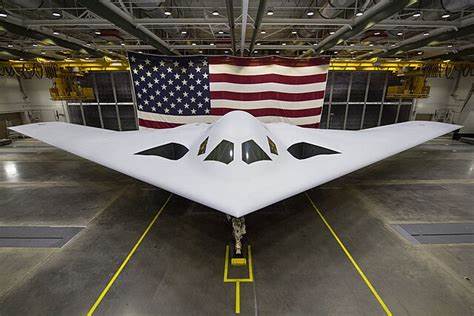
Embarking on a transformative journey, the United States Air Force introduces the B-21 Raider, its latest nuclear-capable stealth bomber.

This aircraft heralds a new era, marking the first addition to the American bomber fleet in over three decades and positioning itself to succeed the venerable B-1 and B-2 models. With an estimated unit cost of $700 million, the B-21 Raider represents a substantial investment in shaping the future of American air superiority.

Taking flight for extensive testing primarily over California, the B-21 Raider undergoes rigorous evaluation to validate its performance and stealth capabilities.
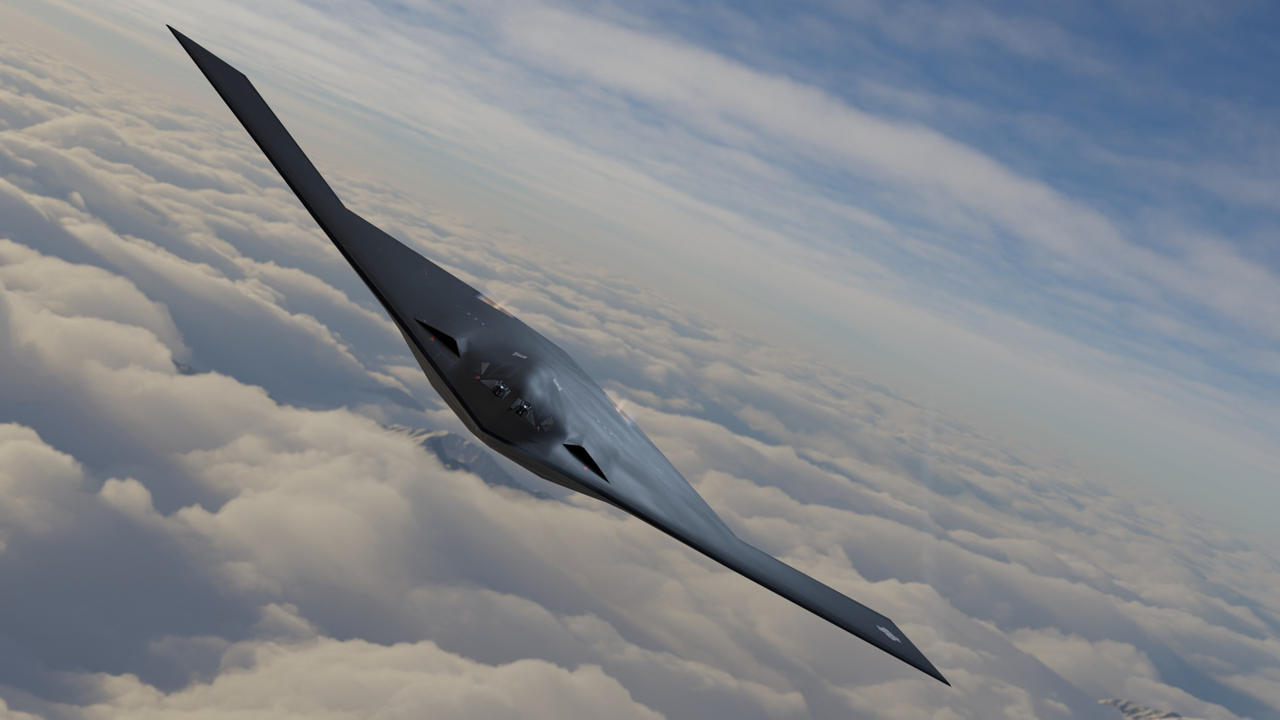
“The flight test program is proceeding well,” said Andrew Hunter, Assistant Secretary of the Air Force for Acquisition, Technology and Logistics, during a testimony at the Senate Armed Services Committee on May 8, 2024. “It is doing what flight-test programs are designed to do, which is helping us learn about the unique characteristics of this platform, but in a very, very effective way.”
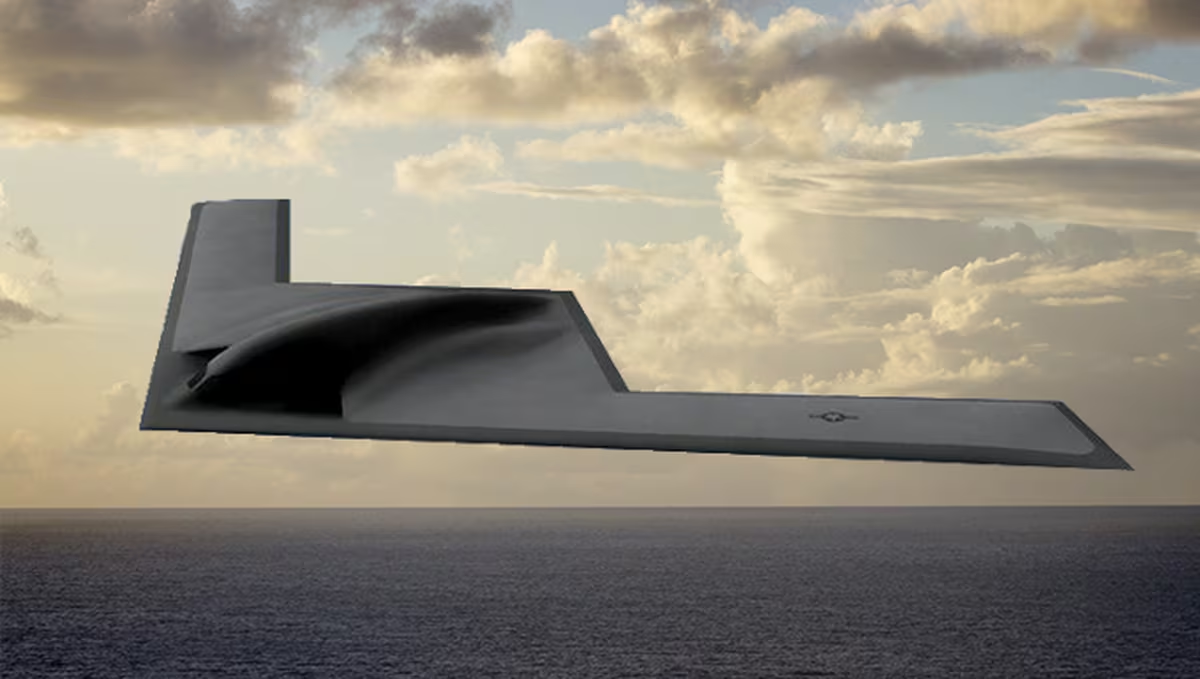
The Raider is designed as a long-range, highly survivable, penetrating strike bomber that will form the backbone of the U.S. Air Force’s future bomber fleet. This stealth aircraft incorporates decades of advancements in low-observable technology, making it exceptionally difficult for even the most sophisticated air defense systems to detect.
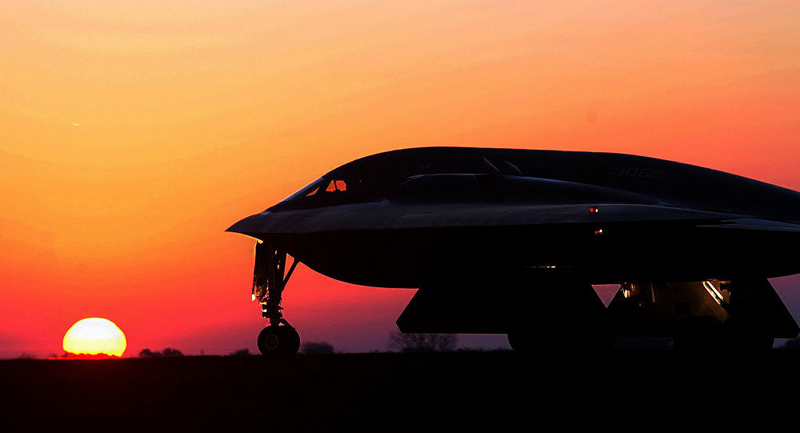
Secretary of Defense Lloyd Austin has highlighted the significance of these technological advancements, stating, “Even the most sophisticated air-defense systems will struggle to detect a B-21 in the sky.”
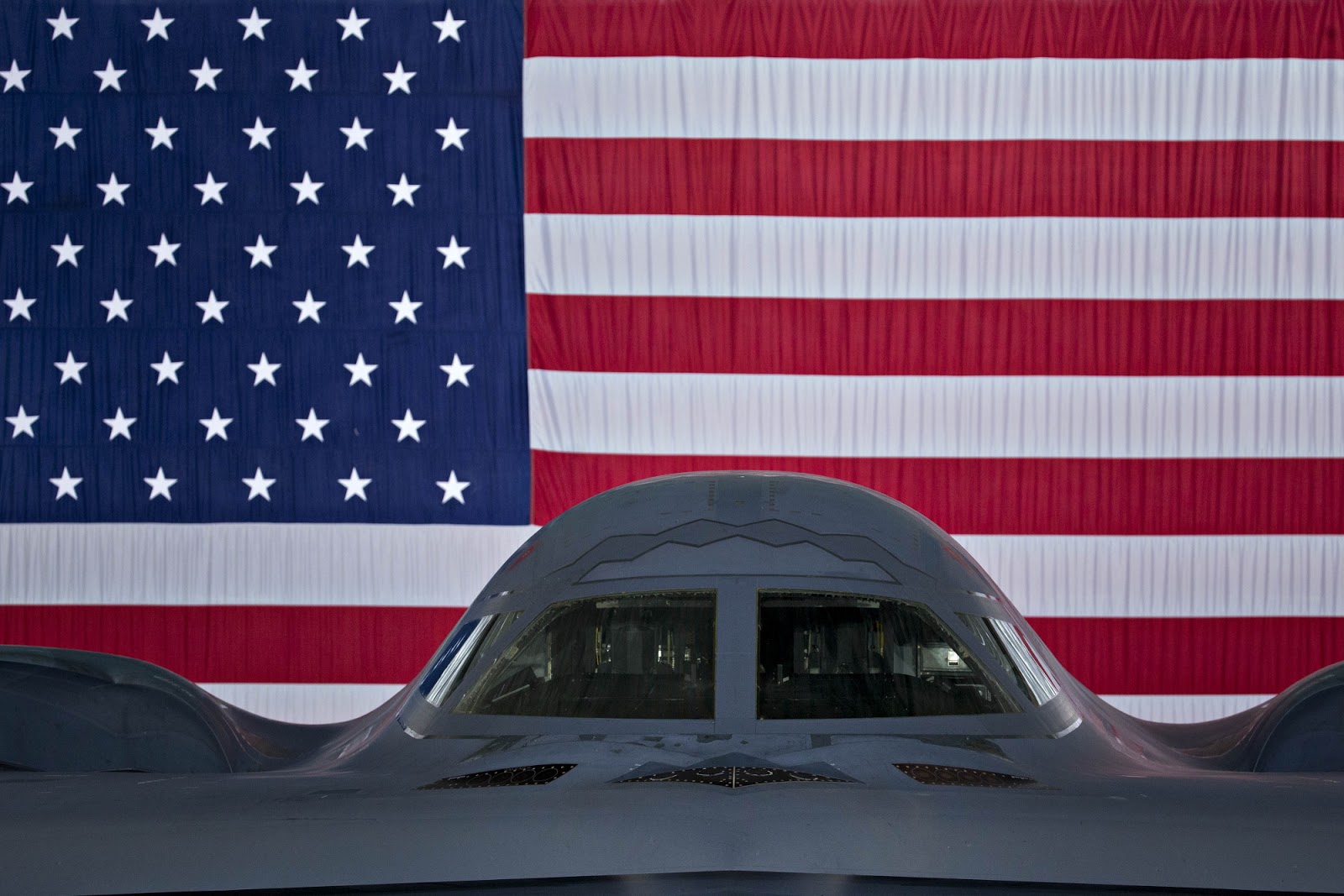
A key aspect of the B-21’s development is its digital-first approach. Hunter explained that this is the first aircraft that is more digital than not, contributing significantly to the program’s ability to meet its requirements.

The aircraft is manufactured under the Air Force’s contract with Northrop Grumman, which describes the B-21 as the “world’s first sixth-generation aircraft.” This designation underscores the Raider’s cutting-edge capabilities and its role in modernizing the Air Force’s strategic bomber fleet.

The Air Force’s Rapid Capabilities Office (AFRCO) manages the acquisition program, emphasizing the construction of test aircraft that are as production-representative as possible. This strategy involves building test aircraft using the same manufacturing processes and tooling that will be employed for full-scale production.
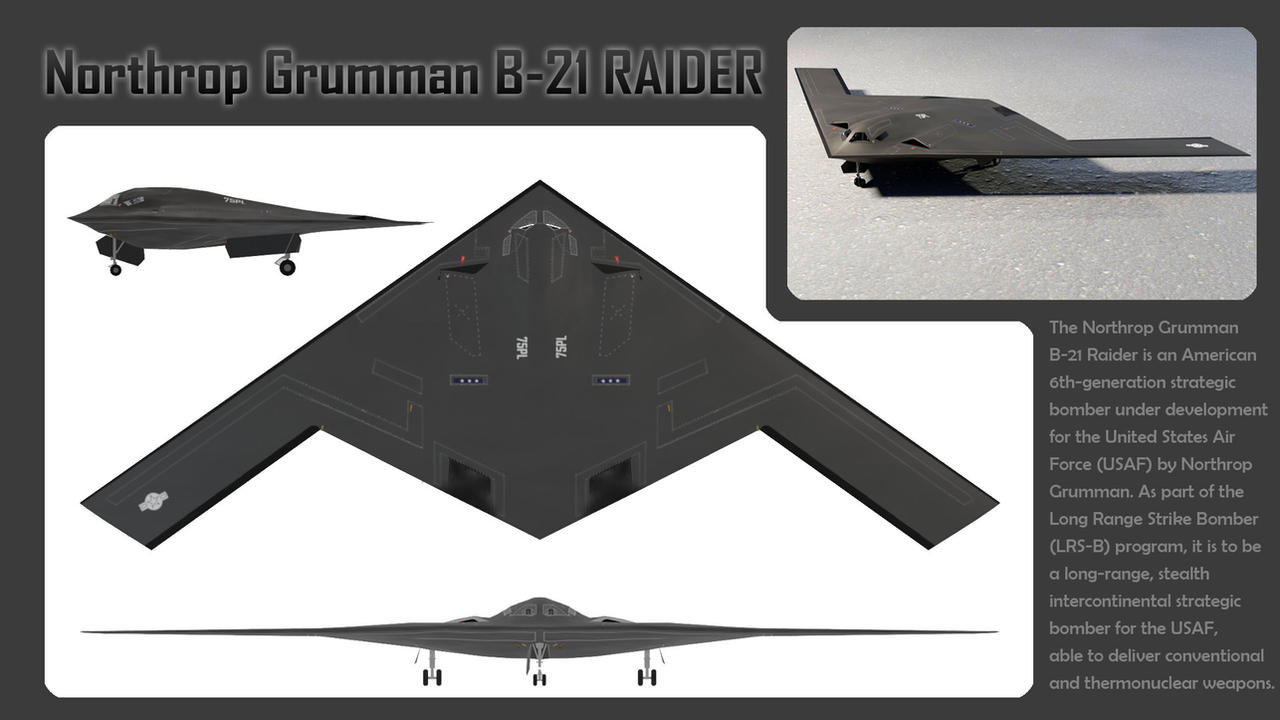
“Rather than a traditional flight prototype approach, B-21 test aircraft are built including mission systems using the same manufacturing processes and tooling for production aircraft,” noted the 412th Test Wing. This approach ensures a smoother transition from testing to production, allowing for quicker delivery to the warfighter.
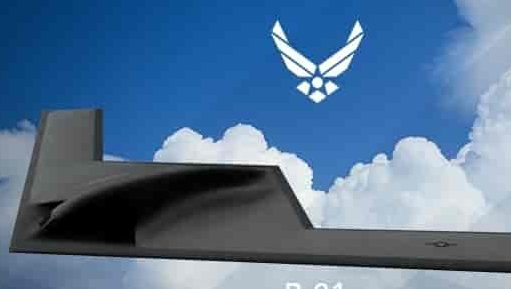
Upon entering service, the B-21 Raider will be stationed at several key locations. Ellsworth Air Force Base in South Dakota will serve as the first main operating base and the location of the Formal Training Unit.

Whiteman AFB in Missouri and Dyess AFB in Texas are slated to receive the remaining aircraft as they become available.

The Raider is named in honor of the Doolittle Raiders, a group of World War II Air Force pilots known for their daring surprise attack against Japan in 1942. This mission, which forced Japan to recall combat forces for home defense, significantly boosted American morale during a critical period of the war. The “21” in B-21 marks its significance as the first bomber of the 21st century.

The B-21’s capabilities extend beyond conventional bombing missions. It is designed to be nuclear-capable and can be operated in both manned and unmanned configurations.

The aircraft will employ a broad mix of standoff and direct-attack munitions, making it a versatile platform for various mission types. “The B-21 Raider will be a component of a larger family of systems for conventional Long Range Strike, including Intelligence, Surveillance and Reconnaissance, electronic attack, communication, and other capabilities,” an Air Force an Air Force briefing highlighted.
Relevant articles:
– New B-21 stealth bomber takes to the skies for US Air Force , The Independent, 05/24/2024
– B-21 Raider continues flight test, production, Edwards Air Force Base, 05/22/2024
– New pictures of the US Air Force’s newest stealth bomber — the B-21 Raider — just dropped as flight testing continues, Business Insider, 05/22/2024
